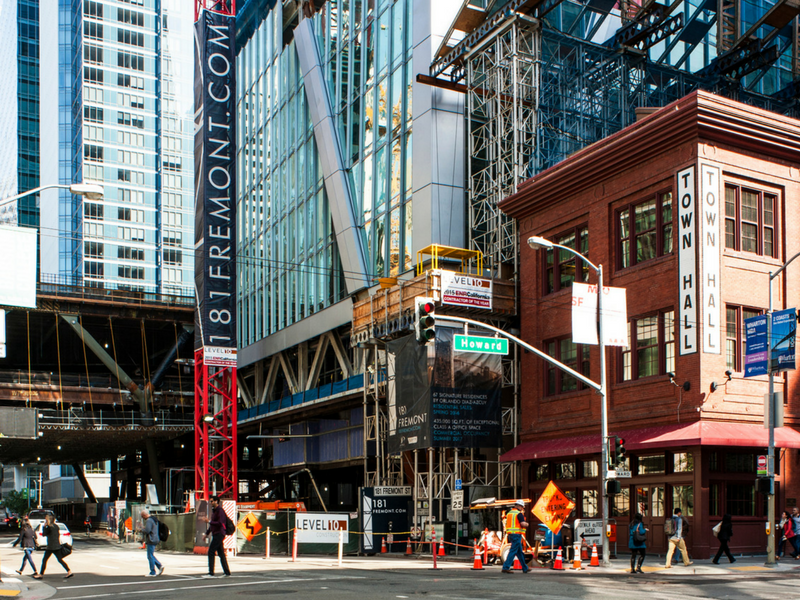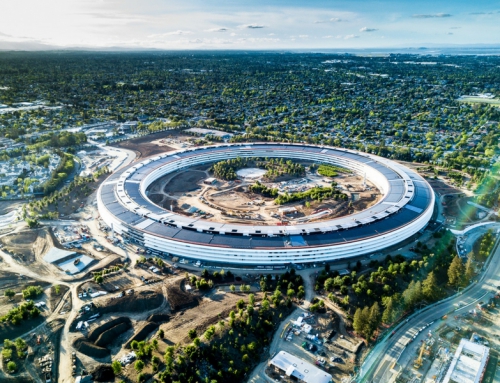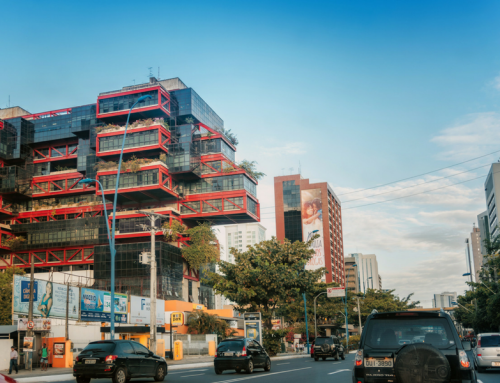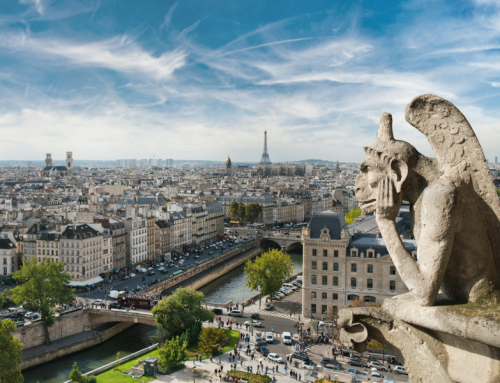181 Fremont comes to fruition.
The size of the construction industry worldwide is multiple trillions of dollars. We mention this not because staggeringly high numbers excite us, but rather because the AEC industry’s size is indicative of its vast geographical reach.
Such information is vital to young job seekers spread out across the United States. Unlike high tech, you don’t have to go to Silicon Valley to work in the construction, engineering, design, or architecture industries. As long you’re near a major metropolitan area, there’s an ecosystem right in your backyard.
What you also have in the AEC fields that you don’t have in high tech is this:
You can walk by a building and say, “See? I did that. I worked on that building.”
In other words, it’s physical. Seeing such tangible results is one of the things this industry has that virtually no other industry has (particularly when you include the fact that it is built to last some 100 years), and it makes people feel differently about their work. Many people from the industry have told us that it lends purpose and meaning to see the physical results of your labor.
The folks who have spent four years working on 181 Fremont in the South of Market neighborhood of San Francisco are satisfied seeing their work come to fruition.
This building is a wonder of human ingenuity. Nearing completion in the Transbay District, 181 Fremont soars 800 feet into the sky. From the use of elevators during emergencies—a first in the U.S.—to being built on a minuscule lot (some 15, 000 sq. ft.) 181 Fremont shows how far bright minds can take an ambitious project. With an exoskeletal system providing stability, the building is ruggedly reliable while also being exceptionally light. The floor plans for office and residential use are open, without interior columns; the building’s geometry creates a light and graceful feeling.
The teams building 181 Fremont can also claim this stunning achievement: 2.5 million person hours worked without any lost time due to injury.
In an excellent video on 181 Fremont produced by SafetyCulture, Steve DeWees, Project Executive for Level 10 Construction, talks about how seriously his team treats safety.
“We’re passionate about it. It’s not a joke. Two and a half million man hours is not luck. It has to do with training, culture, thought process, and planning. Our thought process is every single day we send every one of our people home to their families.”
Remarkably, this 800-foot-tall skyscraper was built only twenty feet from a preschool playground situated on the rooftop of the adjacent Town Hall Restaurant building. As the planning for 181 Fremont got underway, protecting the playground during construction was at the top of the to-do list for the engineers and builders. Because the building housing the preschool is historic, Level 10 could not bear any loads on top of it, which they had planned on using to support a cover that would protect the playground. Instead, they built scaffolding at the adjacent 181 Fremont lot, cantilevered it out over the entire playground, and draped a net that could withstand a mobile phone, flashlight, wrench or falling piece of debris weighing 350 pounds. The scaffolding and net would never touch the building but would adequately protect the playground.
As tall and thin as it is—“a cantilever sticking out of the ground,” says the building’s architect Jeffrey Heller—181 Fremont is one of the safest buildings ever built. In the event of an 8.0 earthquake, it was designed to be re-occupiable within 24 hours.
“When you look at the building, you can think earthquake,” says Heller.
The entire building is like one big shock absorber. The key features of its resiliency are its exoskeletal design, including shock absorbers within the diagonal elements of the structure; its foundations going to bedrock more than 260 feet below ground; and elevators that are usable in an emergency.
Said Heller, “This building is a true expression of responding to a major, global, seismic, tectonic event. It is the visual embodiment of dealing with earthquakes.”
Working on 181 Fremont has been a source of pride for everyone involved. Heller talks about going down to the job site to take photographs. When workers asked who he is and he tells them the architect of the building, they invariably express gratitude. The best project of their careers, they say.
“It’s a pride thing,” said Conrad Banez, a Safety Manager for Level 10. “How many buildings have been built like this? And we’ve done it safely.”






